It is widely accepted that biological interactions are stronger or more important in generating and maintaining biodiversity in the tropics than in temperate regions. However, this hypothesis has not been fully tested in ecology and evolutionary biology.
In a study published in Nature Ecology and Evolution, researchers from the Xishuangbanna Tropical Botanical Garden (XTBG) of the Chinese Academy of Sciences have provided strong support for this central prediction by examining phytochemical diversity and herbivory in 60 tree communities ranging from species-rich tropical rainforests to species-poor subalpine forests.
The researchers investigated tree communities in Yunnan, one of the world’s floristic hotspots, which contains an elevation gradient from tropical rainforest to subtropical forest to subalpine forest in a relatively short distance. In 2011 and 2012, they established 60 long-term forest inventory plots ranging from species-rich tropical rainforest to species-poor subalpine forest along the gradient.
Using community metabolomic approaches, they tested the predictions that phytochemical diversity is higher within and among communities in tropical forests as compared to less species-rich subtropical and subalpine forests. They also measured herbivore damage and leaf specialization.
Combining these data, they tested the prediction that these variables are higher in the tropics. They then quantified the phylogenetic signal in the phytochemical similarity between species to test whether closely related species diverged more in their phytochemicals than expected.
They found that phytochemical diversity was higher within tropical tree communities compared to subtropical and subalpine communities. Along with increased alpha and beta phytochemical diversity in leaves in tropical tree communities, they found an increase in leaf herbivory and the degree of specialized herbivory in the tropics. Furthermore, herbivory pressure and specialization were highest in the tropics.
The researchers then constructed a phylogeny including all species in their system and quantified phylogenetic signal in phytochemical similarity. They found little phylogenetic signal in tree phytochemical similarity, suggesting rapid divergence among closely related species.
The results also highlight multiple dimensions of tropical biodiversity that are often unquantified and of value to human society, but which are threatened by ongoing global change. Tropical forests not only contain more species than temperate forests, but also spectacular levels of phytochemical diversity. There are likely numerous abiotic covariates (e.g., temperature and precipitation) and biotic covariates (e.g., herbivores, pathogens, neighborhood composition and diversity) that may be associated with phytochemical diversity and cannot be clearly separated to elucidate specific mechanisms.
"Our study provides multiple lines of evidence from entire tree communities from the tropics to the subalpine that biotic interactions are likely to play an increasingly important role in generating and maintaining tree diversity at lower and lower latitudes,” said YANG Jie of XTBG.
Contact
YANG Jie Ph.D Principal Investigator
Key Laboratory of Tropical Forest Ecology, Xishuangbanna Tropical Botanical Garden, Chinese Academy of Sciences, Mengla, Yunnan 666303, China
E-mail: yangjie@xtbg.org.cn
Published: 27 June2024
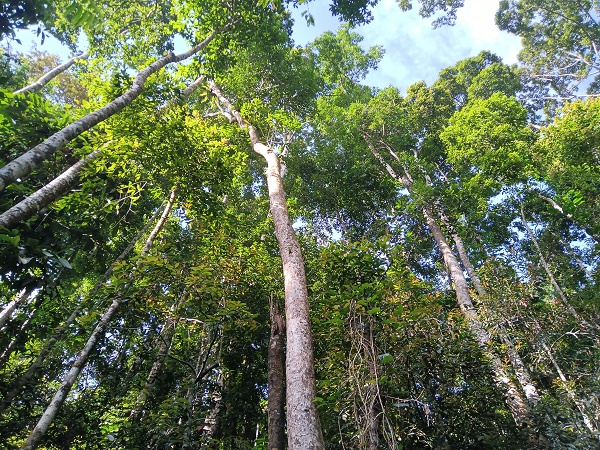
Forest at elevation of 800 meters. (Image by SUN Lu)
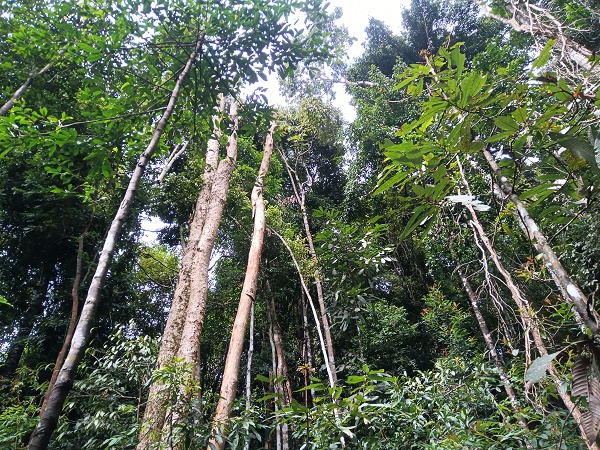
Forest at elevation of 1000 meters. (Image by SUN Lu)

Forest at elevation of 1200 meters. (Image by SUN Lu)
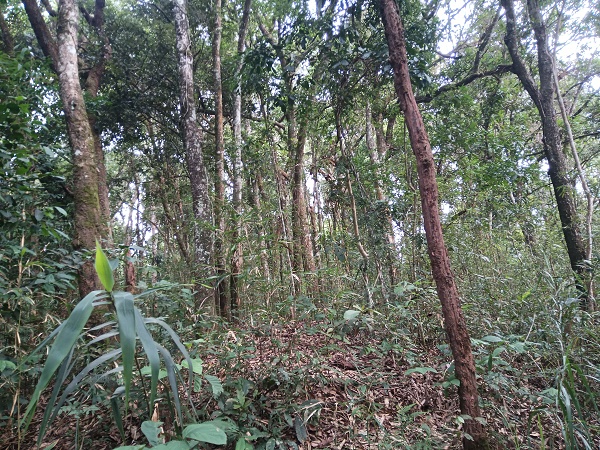
Forest at elevation of 1400 meters. (Image by SUN Lu)
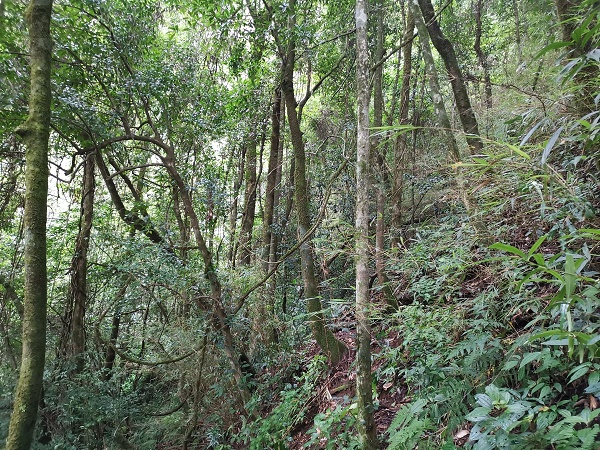
Forest at elevation of 2000 meters. (Image by SUN Lu)

Forest at elevation of 2400 meters. (Image by SUN Lu)
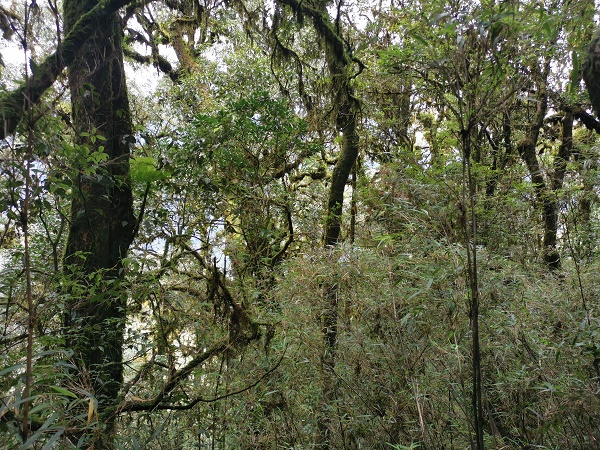
Forest at elevation of 2600 meters.(Image by SUN Lu)







